25 Nov 2024
When inspecting external wall systems, cavity barriers play a critical role in fire safety by restricting the spread of fire and smoke within the building’s structure. During a recent intrusive site inspection for a Fire Risk Appraisal of External Wall (FRAEW) appointment, we uncovered several issues with cavity barrier provisions that highlight the importance of proper installation and maintenance.
Inspection Overview
Building Details:
• Type: Residential
• Height: 18m+
• External Wall Systems: Render and cladding
• Structure: Concrete frame with timber stud infills and Class A1 sheathing board
Cavity Barrier Observations:
1. Type Used: SIDERISE Facades RH25 90/30 Green EI30 barriers for ventilated rainscreen cladding.
2. Gaps at Key Locations: No cavity barriers were present at window heads or sills.
3. Floor-Level Placement: Cavity barriers were installed only at floor levels on the cladding elevations.
4. Poor Condition: Barriers were in poor condition, with visible damage.
5. Inconsistent Face Line: Overcompression was observed from support brackets in multiple areas.
6. Incorrect Support Bracket Lengths: Brackets measured 45mm but should have been trimmed to 10-20mm per manufacturer guidelines.
7. Limited Ventilation: Ventilation gaps were only 2-3mm, despite the system allowing up to 25mm.
Why These Issues Matter
Cavity barriers must be installed and maintained according to manufacturer guidelines to ensure their effectiveness. Poor installation, such as excessive bracket lengths and over-compression, can compromise the performance of the barriers, increasing the risk of fire and smoke spread. Missing barriers at critical locations like window heads and sills leave gaps in the building’s fire safety measures.
Key Takeaways for Professionals
To improve cavity barrier provisions in external wall systems, consider the following:
• Plan and Specify Early: Engage with fire safety specialists during the design phase to ensure all cavity barrier placements align with regulations and manufacturer instructions.
• Prioritise Installation Quality: Train contractors to understand the importance of following detailed installation requirements.
• Conduct Thorough Inspections: Third-party inspections can identify issues like missing barriers or improper installations before they compromise safety.
• Focus on Maintenance: Regular inspections post-installation are essential for ongoing compliance.
Discussion Points
• What challenges have you faced in implementing cavity barrier provisions, and how did you address them?
• Which cavity barrier systems have been the most reliable in your projects, and why?
Need Support?
If you have feedback, need guidance, or require third-party inspections for external wall systems, feel free to email or message me on WhatsApp. Let’s work together to ensure safer and more compliant buildings. ✅





